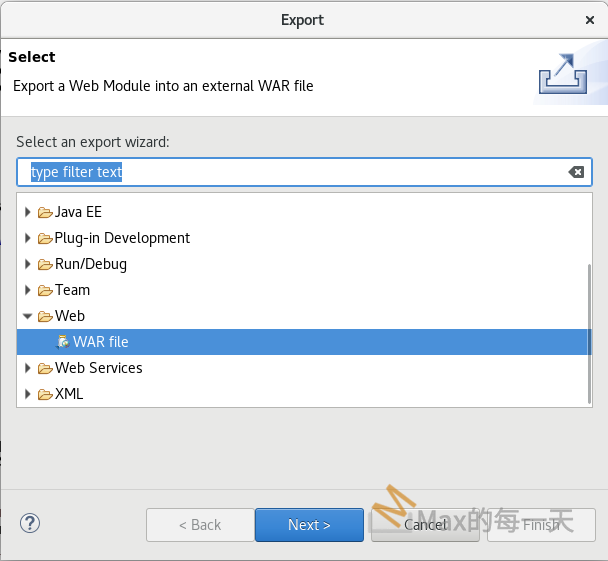本地端的 java 要產生一個 http request 呼叫遠端的resetful API,
解法1:
https://www.baeldung.com/httpurlconnection-post
JSONObject json = new JSONObject();
json.put("someKey", "someValue");
String jsonInputString = json.toString();;
URL url = new URL ("https://your-domain/your-api");
HttpURLConnection con = (HttpURLConnection)url.openConnection();
con.setRequestMethod("POST");
con.setRequestProperty("Content-Type", "application/json");
con.setRequestProperty("Accept", "application/json");
con.setDoOutput(true);
try(OutputStream os = con.getOutputStream()) {
byte[] input = jsonInputString.getBytes("utf-8");
os.write(input, 0, input.length);
}
try(BufferedReader br = new BufferedReader(
new InputStreamReader(con.getInputStream(), "utf-8"))) {
StringBuilder response = new StringBuilder();
String responseLine = null;
while ((responseLine = br.readLine()) != null) {
response.append(responseLine.trim());
}
System.out.println(response.toString());
}解法2:
https://stackoverflow.com/questions/3324717/sending-http-post-request-in-java
Sending a POST request is easy in vanilla Java. Starting with a URL, we need t convert it to a URLConnection using url.openConnection();. After that, we need to cast it to a HttpURLConnection, so we can access its setRequestMethod() method to set our method. We finally say that we are going to send data over the connection.
URL url = new URL("https://www.example.com/login");
URLConnection con = url.openConnection();
HttpURLConnection http = (HttpURLConnection)con;
http.setRequestMethod("POST"); // PUT is another valid option
http.setDoOutput(true);
We then need to state what we are going to send:
Sending a simple form
A normal POST coming from a http form has a well defined format. We need to convert our input to this format:
Map<String,String> arguments = new HashMap<>();
arguments.put("username", "root");
arguments.put("password", "sjh76HSn!"); // This is a fake password obviously
StringJoiner sj = new StringJoiner("&");
for(Map.Entry<String,String> entry : arguments.entrySet())
sj.add(URLEncoder.encode(entry.getKey(), "UTF-8") + "="
+ URLEncoder.encode(entry.getValue(), "UTF-8"));
byte[] out = sj.toString().getBytes(StandardCharsets.UTF_8);
int length = out.length;
We can then attach our form contents to the http request with proper headers and send it.
http.setFixedLengthStreamingMode(length);
http.setRequestProperty("Content-Type", "application/x-www-form-urlencoded; charset=UTF-8");
http.connect();
try(OutputStream os = http.getOutputStream()) {
os.write(out);
}
// Do something with http.getInputStream()
Sending JSON
We can also send json using java, this is also easy:
byte[] out = "{\"username\":\"root\",\"password\":\"password\"}" .getBytes(StandardCharsets.UTF_8);
int length = out.length;
http.setFixedLengthStreamingMode(length);
http.setRequestProperty("Content-Type", "application/json; charset=UTF-8");
http.connect();
try(OutputStream os = http.getOutputStream()) {
os.write(out);
}
// Do something with http.getInputStream()
Remember that different servers accept different content-types for json, see this question.
Sending files with java post
Sending files can be considered more challenging to handle as the format is more complex. We are also going to add support for sending the files as a string, since we don’t want to buffer the file fully into the memory.
For this, we define some helper methods:
private void sendFile(OutputStream out, String name, InputStream in, String fileName) {
String o = "Content-Disposition: form-data; name=\"" + URLEncoder.encode(name,"UTF-8")
+ "\"; filename=\"" + URLEncoder.encode(filename,"UTF-8") + "\"\r\n\r\n";
out.write(o.getBytes(StandardCharsets.UTF_8));
byte[] buffer = new byte[2048];
for (int n = 0; n >= 0; n = in.read(buffer))
out.write(buffer, 0, n);
out.write("\r\n".getBytes(StandardCharsets.UTF_8));
}
private void sendField(OutputStream out, String name, String field) {
String o = "Content-Disposition: form-data; name=\""
+ URLEncoder.encode(name,"UTF-8") + "\"\r\n\r\n";
out.write(o.getBytes(StandardCharsets.UTF_8));
out.write(URLEncoder.encode(field,"UTF-8").getBytes(StandardCharsets.UTF_8));
out.write("\r\n".getBytes(StandardCharsets.UTF_8));
}
We can then use these methods to create a multipart post request as follows:
String boundary = UUID.randomUUID().toString();
byte[] boundaryBytes =
("--" + boundary + "\r\n").getBytes(StandardCharsets.UTF_8);
byte[] finishBoundaryBytes =
("--" + boundary + "--").getBytes(StandardCharsets.UTF_8);
http.setRequestProperty("Content-Type",
"multipart/form-data; charset=UTF-8; boundary=" + boundary);
// Enable streaming mode with default settings
http.setChunkedStreamingMode(0);
// Send our fields:
try(OutputStream out = http.getOutputStream()) {
// Send our header (thx Algoman)
out.write(boundaryBytes);
// Send our first field
sendField(out, "username", "root");
// Send a seperator
out.write(boundaryBytes);
// Send our second field
sendField(out, "password", "toor");
// Send another seperator
out.write(boundaryBytes);
// Send our file
try(InputStream file = new FileInputStream("test.txt")) {
sendFile(out, "identification", file, "text.txt");
}
// Finish the request
out.write(finishBoundaryBytes);
}
// Do something with http.getInputStream()